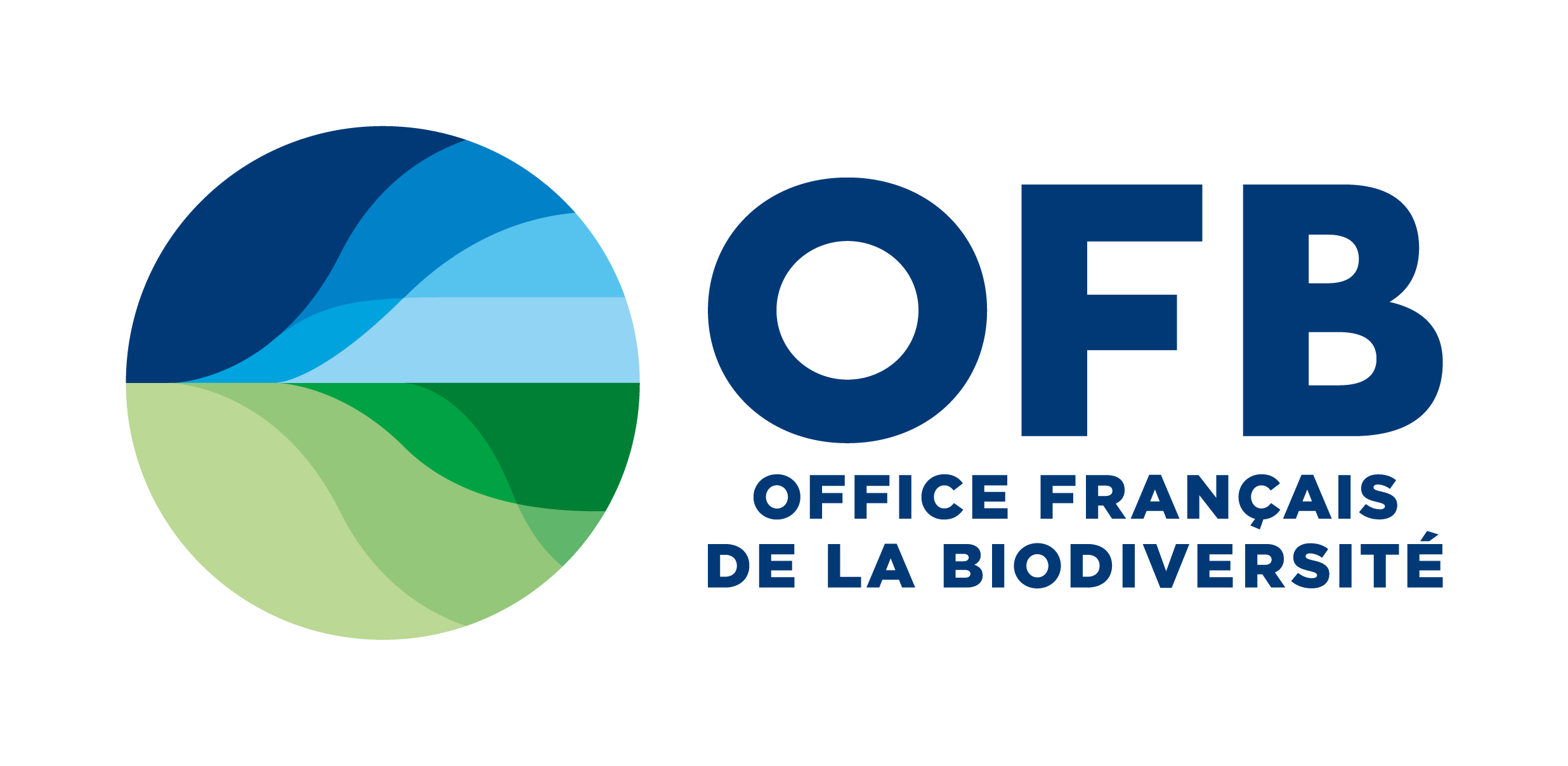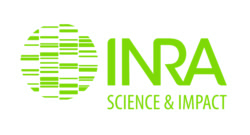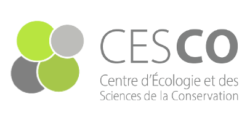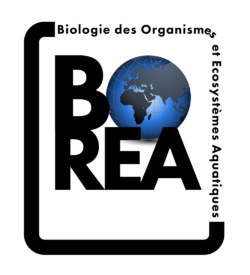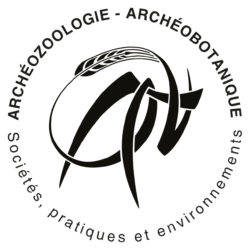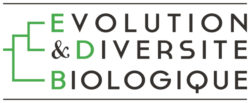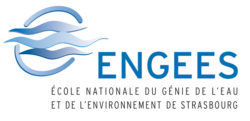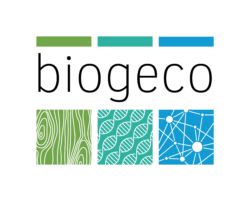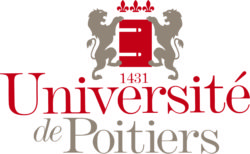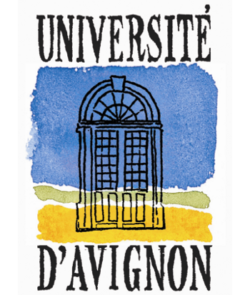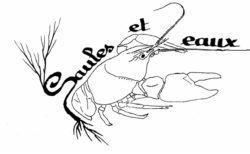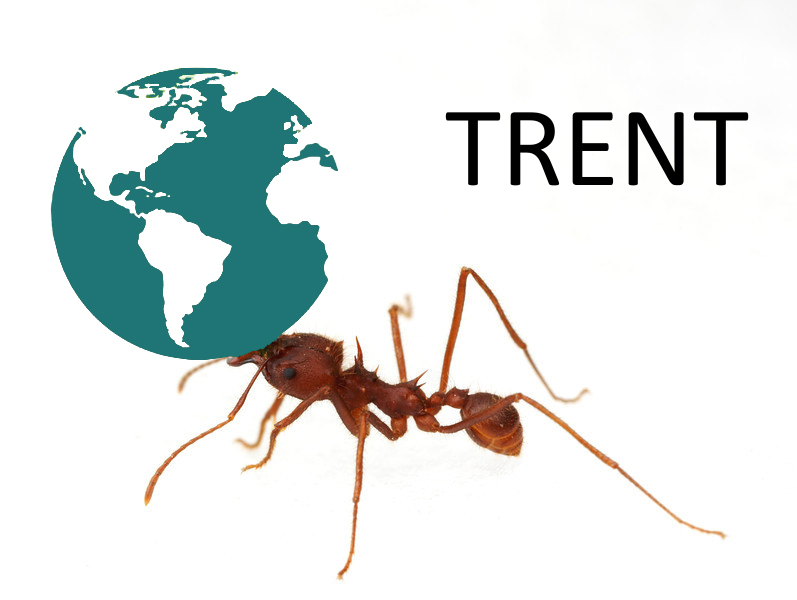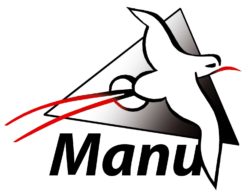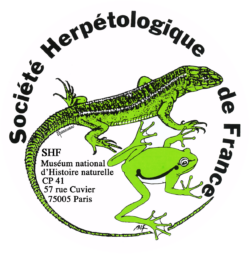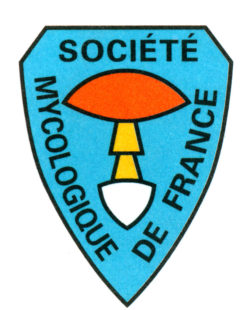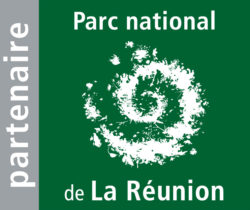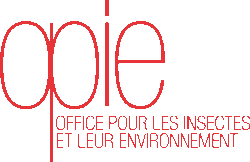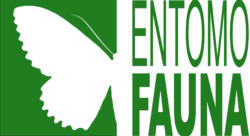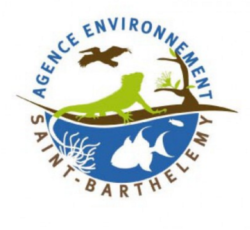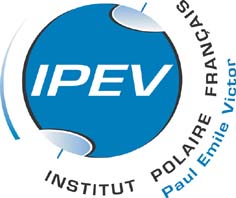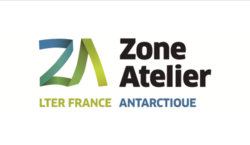Références bibliographiques relatives au groupe des insectes hémiptères
Pour rechercher un mot clé dans la page, taper le mot dans l’outil « rechercher » de votre navigateur.
Ahern, R., & al. 2009. Founder effects and phenotypic variation in Adelges cooleyi, an insect pest introduced to the eastern United States. Biological Invasions 11(4): 959-971. Lire
Bing, X.-L., & al. 2013. Diversity of secondary endosymbionts among different putative species of the whitefly Bemisia tabaci. Insect Science 20(2): 194-206. Lire
Brown, A. M. V., & al. 2014. Population genomics of a symbiont in the early stages of a pest invasion. Mol Ecol 23(6): 1516-1530. Lire
Cale, J., & al. 2013. The impact of beech thickets on biodiversity. Biological Invasions 15(3): 699-706. Lire
Callot, H. & Brua, C. 2013. Halyomorpha halys (Stål, 1855), la Punaise diabolique, nouvelle espèce pour la faune de France (Heteroptera Pentatomidae). L’Entomologiste, 69(2): 69-71. Lire
Cesari, M., & al. 2018. Genetic diversity of the brown marmorated stink bug Halyomorpha halys in the invaded territories of Europe and its patterns of diffusion in Italy. Biological Invasions 20(4): 1073-1092. Lire
Coccia, C., & al. 2013. Does Ecophysiology Determine Invasion Success? A Comparison between the Invasive Boatman Trichocorixa verticalis verticalis and the Native Sigara lateralis (Hemiptera, Corixidae) in South-West Spain. PLoS ONE 8(5): e63105. Lire
Coeur d’acier, A., Pérez Hidalgo, N., Petrović-Obradović, O. 2010. Aphids (Hemiptera, Aphididae) BioRisk 4(1): 435-474. Lire
Correa, M. C. G., & al. 2019. European bridgehead effect in the worldwide invasion of the obscure mealybug. Biological Invasions 21(1): 123-136. Lire
De Morais, E. G. F., & al. 2013. Diclidophlebia smithi (Hemiptera: Psyllidae), a potential biocontrol agent for Miconia calvescens in the Pacific: Population dynamics, climate-match, host-specificity, host-damage and natural enemies. Biological Control 66(1): 33-40. Lire
Didier B. 2009. Une punaise du pin dans les foyers, Insectes 155(4): 1-6. Lire
Dusoulier F., Lupoli R., Aberlenc H.-P., Streito J.-C. 2007. L’invasion orientale de Leptoglossus occidentalis en France : bilan de son extension biogéographique en 2007 (Hemiptera Coreidae).
L’Entomologiste, 63(6) : 303-30. Lire
Evans, A. M. & Gregoire, T. G. 2006. A geographically variable model of hemlock woolly adelgid spread. Biological Invasions 9(4): 369-382. Lire
Garrouste, R., et al. 2015. Halyomorpha halys (Stål 1855) en Île de France (Hemiptera : Pentatomidae : Pentatominae) : surveillons la punaise diabolique ». Lire
Gilioli, G., & al. 2013. Modelling local and long-distance dispersal of invasive chestnut gall wasp in Europe. Ecological Modelling 263: 281-290. Lire
Grandgirard, J., & al. 2007. Engineering an invasion: classical biological control of the glassy-winged sharpshooter, Homalodisca vitripennis, by the egg parasitoid Gonatocerus ashmeadi in Tahiti and Moorea, French Polynesia. Biological Invasions 10(2): 135-148. Lire
Guareschi, S., & al. 2013. How Far Could the Alien Boatman Trichocorixa verticalis verticalis Spread? Worldwide Estimation of Its Current and Future Potential Distribution. PLoS ONE 8(3): e59757. Lire
Heimpel, G. E., & al. 2010. European buckthorn and Asian soybean aphid as components of an extensive invasional meltdown in North America. Biological Invasions 12(9): 2913-2931. Lire
Hoddle, M. S., & al. 2013. Post release evaluation of Rodolia cardinalis (Coleoptera: Coccinellidae) for control of Icerya purchasi (Hemiptera: Monophlebidae) in the Galápagos Islands. » Biological Control 67(2): 262-274. Lire
Jamâa, M. L. B., & al. 2013. Detection of Leptoglossus occidentalis Heidemann, 1910 (Heteroptera: Coreidae) in Tunisia. African Entomology 21(1): 165-167. Lire
Kim, H., & al. 2017. Population genetics of the soybean aphid in North America and East Asia: test for introduction between native and introduced populations. Biological Invasions 19(2): 597-614. Lire
Lesieur V., Yart A., Guilbon S., Lorme P., Auger-Rozenberg M.A. & Roques A., 2014. The invasive Leptoglossus seed bug, a threat for commercial seed crops, but for conifer diversity? Biological Invasions 16:1833–1849. Lire
Martinez, M., Germain, J.-F., Streito, J.-L. 2014. Insectes ravageurs invasifs : les sept espèces notables. Phytoma, 677 (23) 1-3. Lire
Maurel, J.-P & Al. 2016. Halyomorpha halys (Stål, 1855), la punaise diabolique en France, à Toulouse (Heteroptera ; Pentatomidae). (2016) Carnets Natures, 3. 21-25. ISSN 2427-6111. Lire
McClure, M. S. & Cheah, C. A. S. J. 1999. Reshaping the Ecology of Invading Populations of Hemlock Woolly Adelgid, Adelges tsugae (Homoptera: Adelgidae), in Eastern North America. Biological Invasions 1(2): 247-254. Lire
Mech, A. M., & al. 2018. Increases in summer temperatures decrease the survival of an invasive forest insect. Biological Invasions 20(2): 365-374. Lire
Mifsud, D., Cocquempot, C., Mühlethaler, R., Wilson, M., & Streito, J.-C. 2010. Other Hemiptera Sternorrhyncha (Aleyrodidae, Phylloxeroidea, and Psylloidea) and Hemiptera Auchenorrhyncha. BioRisk 4(1): 511-552. Lire
Mille, C., Henderson, R.C., Cazères, S., Jourdan, H. 2016. An annoted checklist of scales and mealybugs (Hemiptera: Sternorrhyncha: Coccoidea) from New Caledonia. Zoosystema 38(2): 122-176. Lire
Morin, R. S., & al. 2009. Anisotropic spread of hemlock woolly adelgid in the eastern United States. Biological Invasions 11(10): 2341-2350. Lire
Nadel, R. L., & al. 2009. DNA bar-coding reveals source and patterns of Thaumastocoris peregrinus invasions in South Africa and South America. Biological Invasions 12(5): 1067-1077. Lire
Pellizzari, G., Germain, J.-F. 2010. Scales (Hemiptera, Superfamily Coccoidea). BioRisk. 4 (1): 475-510. Lire
Rabitsch, W. 2010. True Bugs (Hemiptera, Heteroptera). BioRisk. 4(1): 407-433. Lire
Rathé, A. A., & al. 2015. Invasion pathway risk analysis for the glassy-winged sharpshooter (Homalodisca vitripennis): survival and reproductive success following simulated air transportation. Biological Invasions 17(10): 2963-2973. Lire
Redlich, S., & al. 2019. Identifying new associations between invasive aphids and Pinaceae trees using plant sentinels in botanic gardens. Biological Invasions 21(1): 217-228. Lire
Ren, J.-M., & al. 2018. Barcode index numbers expedite quarantine inspections and aid the interception of nonindigenous mealybugs (Pseudococcidae). Biological Invasions 20(2): 449-460. Lire
Rwomushana, I., & al. 2017. Detection of Diaphorina citri Kuwayama (Hemiptera: Liviidae) in Kenya and potential implication for the spread of Huanglongbing disease in East Africa. Biological Invasions 19(10): 2777-2787. Lire
Rugman-Jones, P. F., & al. 2011. Strong genetic structure among populations of the invasive avocado pest Pseudacysta perseae (Heidemann) (Hemiptera: Tingidae) reveals the source of introduced populations. Biological Invasions 14(6): 1079-1100. Lire
Suttle, K. B. & Hoddle, M. S. 2006. Engineering Enemy-free Space: An Invasive Pest that Kills its Predators. Biological Invasions 8(4): 639-649. Lire
Tavares C., Roques A., Courtial B., Branco M., Jactel H., Lopez Vaamonde C. 2015. Phylogeography of the ladybird Iberorhyzobius rondensis, a potential biological control agent of the invasive alien pine bast scale Matsucoccus feytaudi. Biocontrol, 60 (1), 59-6. Lire


